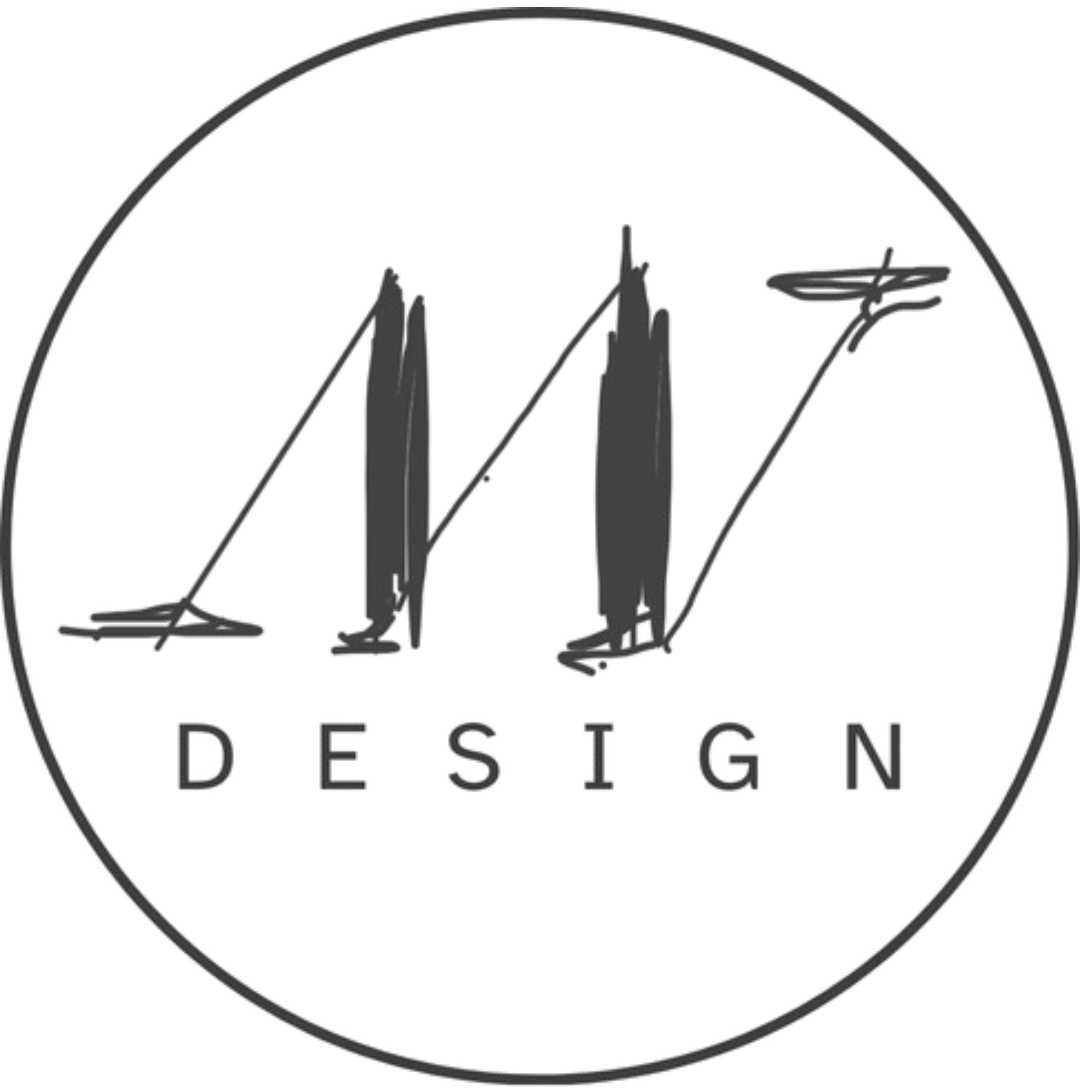The Unfussy Guide to Cabinet Hardware: Mixing Styles, Finishes & a Few Rules Worth Following
Cabinet hardware might be the smallest detail in your kitchen—but it’s one of the most touched, most visible, and most unnecessarily overthought. You don’t need to obsess. You just need a few solid rules, a sense of what actually matters, and a willingness to trust your taste.
1. Knobs vs. Pulls (And Why the Internet Overcomplicates This)
Let’s start with the basics:
Knobs are classic and simple. They’re typically used on cabinet doors.
Pulls give you more grip—especially helpful for heavy drawers or larger doors.
Traditional wisdom says knobs for doors, pulls for drawers. That works. So does using pulls for everything if it looks clean and makes sense functionally.
The real rule? Be consistent within a zone. Don’t alternate between knobs and pulls like it’s a hardware tasting menu. Pick a strategy and stick to it.
Pulls on drawers, knobs on doors—traditional, but not mandatory.
2. Mixing Styles Without Making It Weird
Yes, you can mix hardware styles. No, it shouldn’t feel like your cabinets came from five different showrooms.
Here’s how to get it right:
Keep one element consistent: Shape, material, or visual weight. That’s your throughline.
Use contrast with intention: A distinctive knob on a pantry or built-in is great. Ten different styles in one kitchen? Not so much.
Balance the visual weight: If your pulls are bold and sculptural, your knobs shouldn’t fight them for attention.
A good rule of thumb: the fewer decisions people notice, the better the design usually is.
Cup pulls, knobs, and cabinet latches work together to create interest without competing when tied together in the same finish.
3. Finishes: Two Is Plenty, Three If You Know What You’re Doing
Matching every metal finish is unnecessary and usually ends up looking dated. But mixing finishes takes restraint.
Stick to two finishes: One dominant (like matte black or warm brass), one supporting (like stainless or bronze). Three if they’re quiet and cohesive.
Repeat your finishes: Any finish you choose should show up in at least three places across the room—hardware, lighting, faucet, appliance trim. That keeps it grounded.
Contrast matters: Think about tone and undertone. A cool black finish can clash with warm-toned brass or nickel if you're not careful.
Also: don’t let your faucet boss you around. It doesn’t have to match anything.
Polished nickel and soft brass pair with their respective cabinet colors to give each space an intentional identity in this front & back kitchen combination.
4. Cremone Bolts: A Moment for the Hardware Nerds
If you’ve seen a long, vertical rod locking system on a cabinet and thought “what is that?”—you’ve spotted a cremone bolt. Originally used on windows in Europe, these things have been around for centuries and are still relevant.
What they are: Surface-mounted locking hardware, usually running top to bottom on tall cabinet doors.
Where they work: Glass uppers, pantries, linen cabinets, or built-ins where you want something with presence—not your daily junk drawer.
Why use them: They add an architectural layer that looks like it was always meant to be there. Subtle detail, big payoff.
They’re not for every room, but when used well, they make the whole space feel more custom.
Photo Courtesy: Restoration Hardware
5. How to Make the Selection Process Less Painful
Most clients get stuck in the weeds here—and it’s not because they don’t have taste. It’s because they’re treating this like a test. It’s not.
Here’s how to move through hardware selection without dragging it out:
Pick your finish first: Start with the metal tone that plays best with the rest of your materials.
Choose your shape second: Modern and squared off? Classic and rounded? This is where your style shows up.
Order samples: Touch them. Hold them up to your cabinets. Try them on for size before buying 40.
Don’t make it precious: Hardware is replaceable. Don’t let indecision stall your whole renovation.
Final Takeaway
Cabinet hardware matters—but not that much. Get it right, and it elevates the whole space. Overthink it, and you’ll end up resenting your drawers. Stick to a few smart choices, keep your design language clear, and enjoy the process. It’s not permanent… but it can be great.
-Mike
Design decisions don’t have to be overwhelming.
Book a consultation and move forward with confidence.






